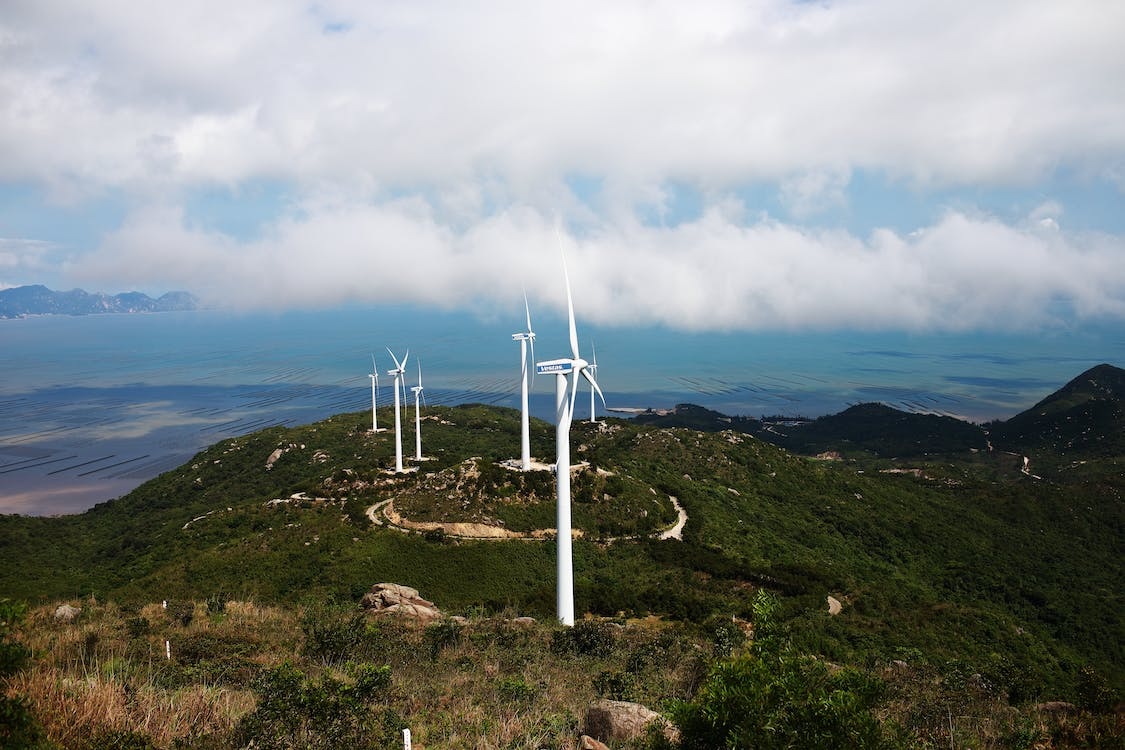Sustainable Development and Conservation of Natural Resources: A Balancing Act for a Flourishing Future
In an era marked by growing concerns about environmental degradation and the depletion of natural resources, the concept of sustainable development has emerged as a guiding principle for achieving a harmonious balance between human progress and the preservation of the planet’s ecosystems. Sustainable development emphasizes meeting the needs of the present without compromising the ability of future generations to meet their own needs. At its core, this approach underscores the crucial role of conserving natural resources as a fundamental pillar of sustainable progress.
Defining Sustainable Development
Sustainable development encapsulates a holistic approach that recognizes the interdependence between economic growth, social well-being, and environmental protection. It entails the careful management of resources to ensure their availability not just for the current generation, but for generations to come. This paradigm shift challenges the conventional model of unchecked economic expansion, aiming to mitigate the negative impacts of development on the environment and fostering social equity.
Conservation of Natural Resources: A Prerequisite for Sustainability
The conservation of natural resources is integral to sustainable development, as resources such as clean air, water, fertile soil, biodiversity, and fossil fuels form the foundation of human existence and prosperity. The indiscriminate exploitation of these resources has led to environmental degradation, climate change, and the loss of biodiversity. Conservation efforts are thus imperative to maintain ecological balance, promote resilience, and secure the well-being of both present and future inhabitants of the Earth.
Preserving Biodiversity
Biodiversity, the variety of life on Earth, is a testament to the planet’s resilience and adaptability. It provides essential ecosystem services like pollination, water purification, and disease regulation. Sustainable development recognizes the importance of protecting biodiversity, as the loss of species disrupts ecosystems and threatens food security. Conservation measures, such as establishing protected areas, sustainable fishing practices, and habitat restoration, safeguard the delicate web of life that sustains our planet.
Managing Water Resources
Water, a finite resource, is indispensable for all aspects of life. Mismanagement and pollution of water resources have led to scarcity in many regions. Sustainable water management entails responsible consumption, efficient irrigation practices, and the protection of watersheds. By ensuring access to clean water for all while safeguarding aquatic ecosystems, societies can thrive without compromising the future’s water security.
Promoting Renewable Energy
Fossil fuels, the backbone of modern industrialization, are finite and contribute significantly to greenhouse gas emissions. Transitioning to renewable energy sources, such as solar, wind, and hydroelectric power, is a cornerstone of sustainable development. These sources are abundant, reduce carbon emissions, and minimize environmental degradation associated with traditional energy production. Investing in renewable energy infrastructure paves the way for a cleaner and more sustainable energy future.
Responsible Consumption and Production
The current consumption patterns are often characterized by wastefulness and excess, contributing to resource depletion and pollution. Adopting sustainable consumption and production practices entails minimizing waste generation, embracing recycling, and supporting ethically sourced goods. By reducing overconsumption and promoting the efficient use of resources, societies can lighten their ecological footprint and ensure resources are available for generations to come.
Balancing Economic Growth and Environmental Protection
Critics of sustainable development sometimes argue that prioritizing environmental protection hinders economic growth. However, this perception fails to acknowledge the intrinsic value of a healthy environment to long-term prosperity. Environmental degradation ultimately undermines economic stability by compromising resources that industries rely on. Sustainable development seeks a balance where economic growth and environmental preservation are mutually reinforcing, not conflicting goals.
Global Cooperation and Policy Frameworks
Achieving sustainable development and resource conservation requires international collaboration and effective policy frameworks. Agreements like the United Nations’ Sustainable Development Goals (SDGs) provide a roadmap for countries to work collectively toward a sustainable future. Governments, industries, and civil society must collaborate to enact policies that incentivize conservation, penalize unsustainable practices, and promote innovation for a greener economy.
Education and Awareness
An informed populace is pivotal to driving sustainable change. Education and awareness campaigns play a crucial role in highlighting the importance of conserving natural resources and adopting sustainable lifestyles. By fostering a culture of environmental responsibility, individuals can make conscious choices that collectively contribute to a more sustainable world.
Conclusion
Sustainable development and the conservation of natural resources represent a shared responsibility of governments, industries, communities, and individuals. The pressing challenges of climate change, resource depletion, and environmental degradation demand a proactive approach that seeks to reconcile development with ecological stewardship. By prioritizing the preservation of biodiversity, responsible resource management, and the adoption of sustainable practices, humanity can chart a path toward a future where both prosperity and a healthy planet coexist in harmony. The choices made today will shape the legacy left for generations to come, underscoring the urgency of embracing sustainable development as a moral imperative and a pragmatic necessity.

